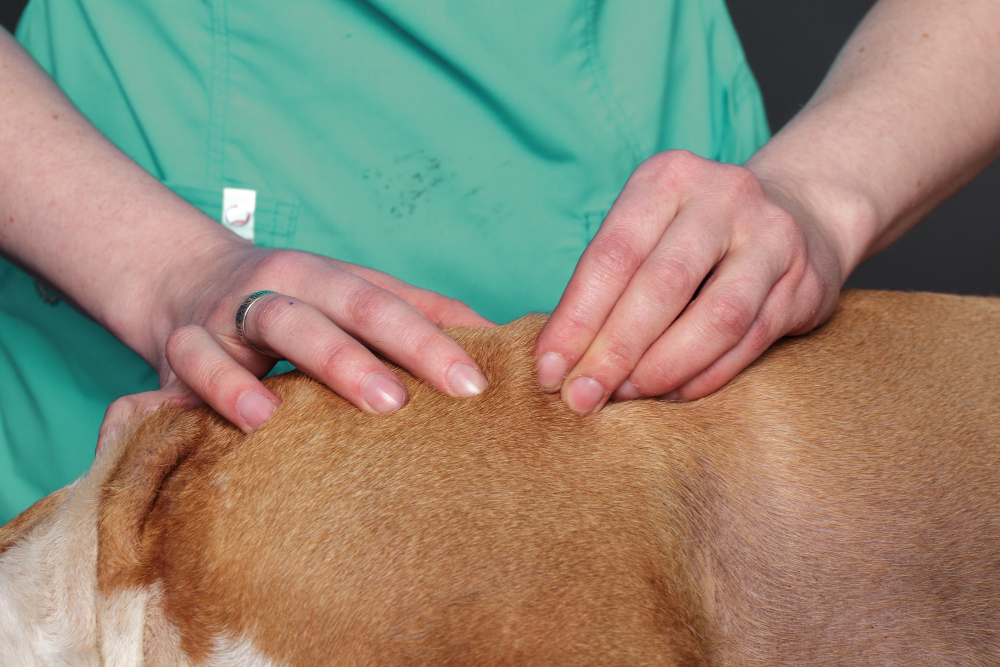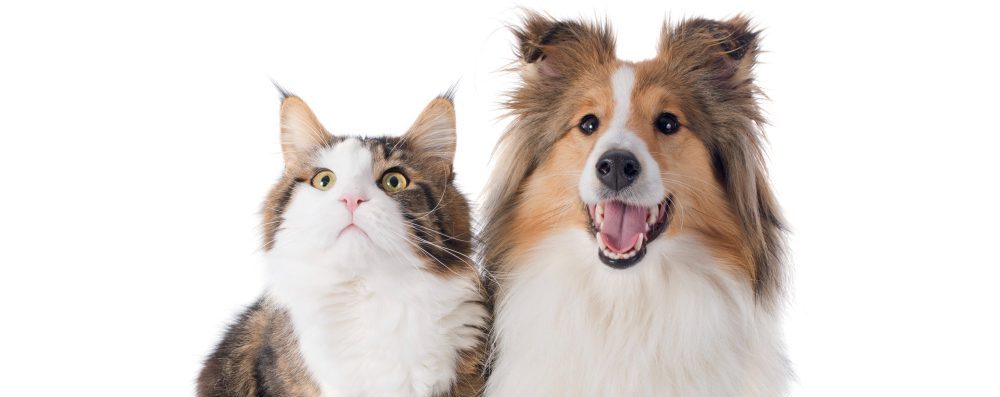Veterinary acupuncture is not another measure; it is the scientific process that has been widely publicized in the field of animal rehabilitation. This kind of treatment believes in enhancing the quality of life through reinstating the balance using different stimulation practices. Through needle applicators, massages, electrostimulation, and applications of heat, veterinary acupuncture is undoubtedly a success in many cases.
Historical Background of Veterinary Acupuncture
Histories of acupuncture in animals manifest roots from the Chang Dynasty that span between 1765 BC down to 1123 BC. The essence of this ancient practice is well described across the Latin words “acus,” meaning needle drawn from two centuries back as well as “pungere,” meaning puncture. Initially, it was employed to treat wounded horses belonging to priests.
Over the years, the practice has evolved incorporating new techniques and is now use in different animals. In the Western world particularly Europe and the United States, acupuncture of the dogs and cats has gained a massive following.
Understanding Veterinary Acupuncture
Veterinary acupuncture is more than just sticking needles; it refers to the process of restoration and maintenance of an animal’s health balance point by balancing its vital energy. Vital energy passes through meridians or channels in the body of the animal. Energizing these meridians can be obtained using a number of techniques including techniques of manipulation, massage, and application of heat.
These meridian channels connect the surface of the skin to deeper tissues and organs of the body. Stimulation of certain points along these channels can produce responses in neighboring tissues, as well as remote organs of the body. Besides, with a well-diagnosed and directed acupuncture treatment, balanced influenced meridians of the organ, soft tissues or even emotional state may be reinstated. The effect experienced on overall body function improvement arises from muscle relaxation occurring during the sessions when endorphins and cortisol are released.
To understand more about how to manage pain in animals, especially your dog, you can refer to a very comprehensive guide on the identification and management of pain in dogs.
Understanding Veterinary Acupuncture and its Safety Parameters
Whenever one is contemplating veterinary acupuncture, he or she must be very clear as to whether it is a safe treatment option for his or her pets or not. The process is generally seen safe if done by an experienced veterinary who has got the capability to understand and put into use the treatment program. The principles guiding animal acupuncture just like human being acupuncture are so old from Traditional Chinese Medicine (TCM). Though there are unique variations and peculiarities when applied to animals.
Regarding the sensory experience during the procedure, animals generally report sensations more akin to numbness or tingling rather than outright pain. While there are various contraindications to keep in mind with treatment, it is in general a very safe procedure. The contraindications include not inserting the needle into areas of dermatitis or tumors, and not treating during the acute phases of disease, such as distemper.
What Canine Acupuncture Helps With
Some of the disorders for which veterinary acupuncture is employed include but are not limited to:
- Respiratory diseases
- Muscle diseases such as myositis
- Dermatological conditions such as demodectic mange
- Bone structure disorders such as hip dysplasia and arthritis
- Neurological diseases
- Gastrointestinal disorders
- Urogenital diseases
- Reproductive system diseases
More information as to how to manage major joint diseases in dogs can be found detailed on this article.
The Practical Insights: Efficacy, Pet Reactions, and What to Expect
The general efficacy of veterinary acupuncture- especially in pain management- makes for convincing results. Other treatments include hydrotherapy, physiotherapy, and kinesiotherapy that come with the conventional therapies. Stimulation of nerves located in muscles and other tissues by acupuncture enables the body to release endorphins and other neurohumoral factors to change the processing of pain in the brain and spinal cord. This fact makes it an ideal alternative for pets with a number of conditions that provide legitimate benefits in terms of pain reduction and overall senses of well-being.
As for the way animals respond to acupuncture, on the whole most animals are surprisingly complaisant. They frequently relax to the point of falling asleep during sessions, and this may be taken as a level of comfort and acceptance by the pet. It is however worthwhile recognizing that not all animals are equal. For more agitated or skittish animals, the needle- free type of acupuncture allows an animal to be calm yet also accept the therapeutic benefits of the treatment. Finally, minor bleeding sometimes may occur at acupuncture points. This is mainly because the release of stagnant energy and blood in the channels occurs, and it is all normal. In general, acupuncture for veterinary purposes is a tolerated treatment alternative that proves useful for treating many conditions.
Where to Find Certified Veterinary Acupuncture Professionals
Obtaining a well-qualified specialist is currently easy due to increased veterinary acupuncture. This has been with regard to the many veterinary clinics that have included this particular treatment in the list of services they offer the public. In addition, there are in-home services provided by certified veterinarians that can attend to the needs of pets requiring special care such as less mobile or excessively nervous. Always ensure that chose a certified vet specializing in acupuncture to guarantee treatment efficacy and safety of your pet through such treatment.
Final Thoughts on Veterinary Acupuncture
Veterinary acupuncture, being an ancient art, has come far from that and is now a scientifically supported, holistic method of treatment to many animal health problems. From indicated effectiveness in pain control through to general acceptance among pets, this modality of treatment provides a complementary approach from conventional therapies. Like any other medical procedure, it is of topmost importance that licensed and specialized veterinarians be consulted to ensure that the treatment will be safe, and will go smoothly. Veterinary acupuncture presents a realistic and promising way of improving the quality of life if on your pet access becomes easier with time and also due to the increasing number of equally qualified personnel in place. Whether you grapple with chronic conditions or seek prevention, this age-old practice adapted for modern needs offers comprehensive solution to animal well being.

